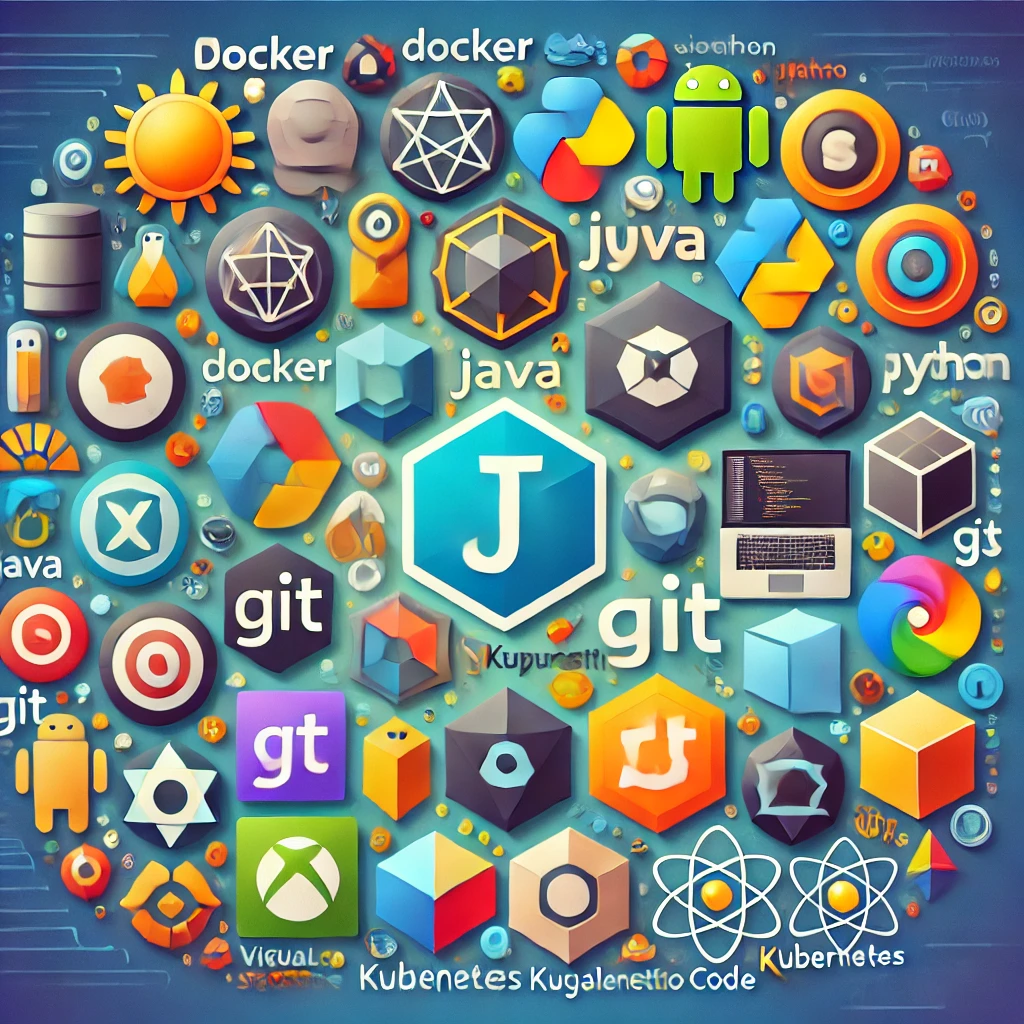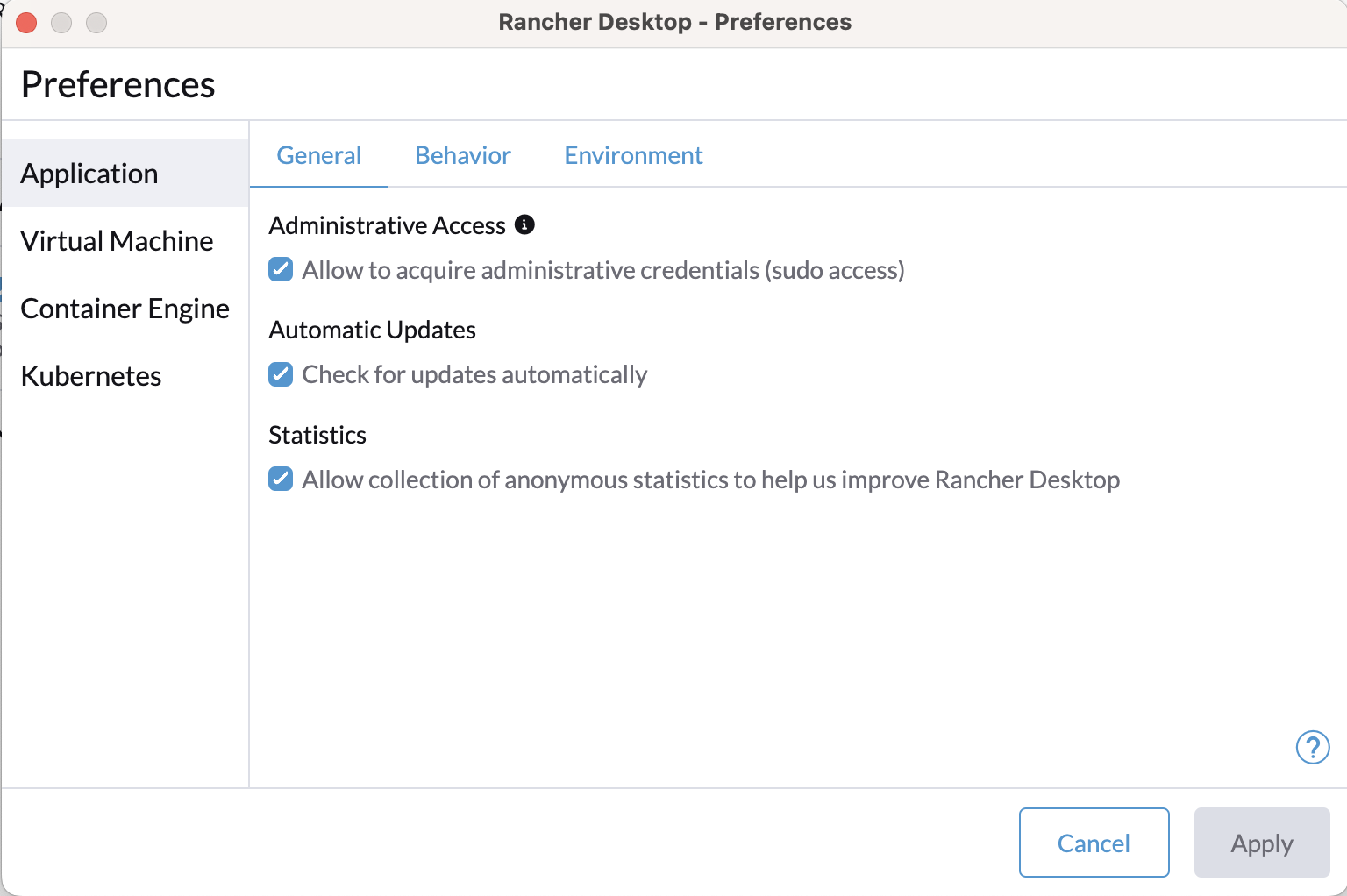Development Environment On Mac
15 Jan 2025 Comments
I am not a professional developer, I do it for fun. And I like to play around, discover new technologies,. development all kinds of little things. So sometimes I need Python, sometimes React/Typescript, Java and more. For every development tool or langugae there are multiple options on how to install them and manage their versions. Since I tend to forget things like “How did I install Python oin this machine?”, this is a note to future me, telling me how I installed every development tool.
As the way how certain packages are installed might change over time, I will add dates to my installation choices.
Docker
January 2025: I switched away from Docker Desktop to Rancher Desktop.
Installation note: Downloaded the Apple Silicon version, opened the DMG and copied it into my Applications directory. The only detail I needed to do, is tick the “Administrative Access” checkbox in the setting.

Registry: I use different registries when working on different projects.
Question: How do I configure docker so that it pulls images from a specific registry?
Java
These are the option I saw:
Januar 2025: I decided to use SDK Man as it also covers Maven.
Mini-Cheatsheet
sdk install java 17.0.12-jbrinstall this specific Jaa versionsdk list javashows all available Java version (available to install)- To list the installed java versions:
sdk oofline enable, so it will list only locally installed versionssdk list javasdk offline disable
sdk default java 21.0.6-amznsets this version as default To set a java version as default inside a directory, see the Env command
Maven
I simply use brew install maven. For older version brew install maven30 installs Maven 3.0.
Gradle
January 2025: I decide to use SDK Man for Gradle as well.
Reason: brew install gradle installed Gradle Version 8.12.1, but for the current Project I needed 8.5.
sdk install gradle 8.5: Installs teh specific gradle versionsdk use gradle 8.5
Node and npm
January 2025 I decided to use nvm.
Mini-Cheatsheet
nvm use 16node -vshows the version currently being usednvm install 12installs node 12 and uses it
Python
- Summer 2024:I use pyenv
- To install pyenv:
brew install pyenv
Mini-Cheatsheet
Select a Pyenv-installed Python as the version to use, run one of the following commands:
pyenv shell <version> -- select just for current shell session
pyenv local <version> -- automatically select whenever you are in the current directory (or its subdirectories)
pyenv global <version> -- select globally for your user account
Ruby
TBD